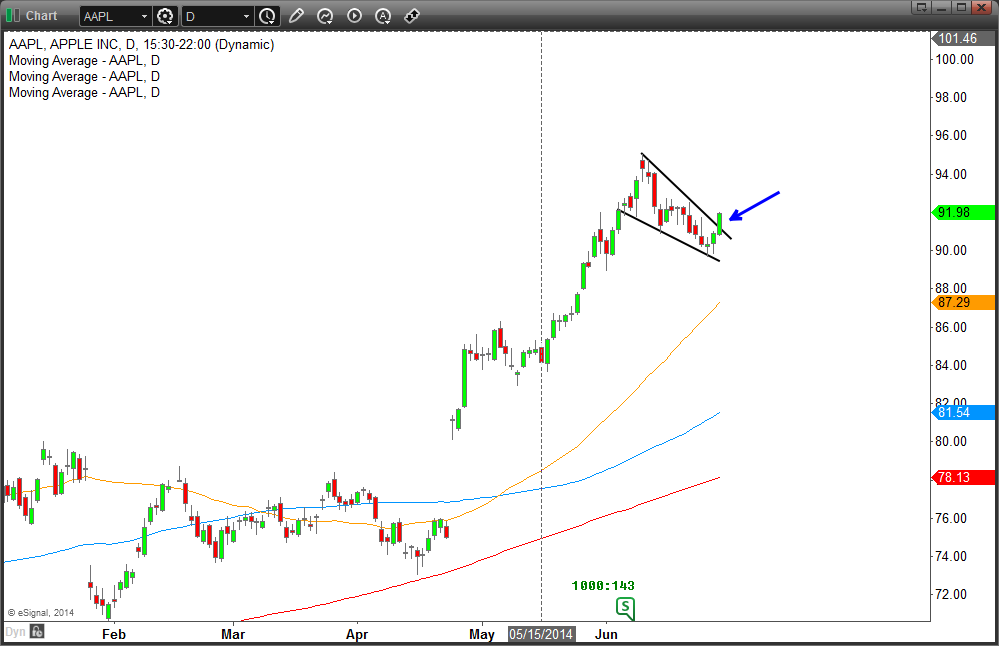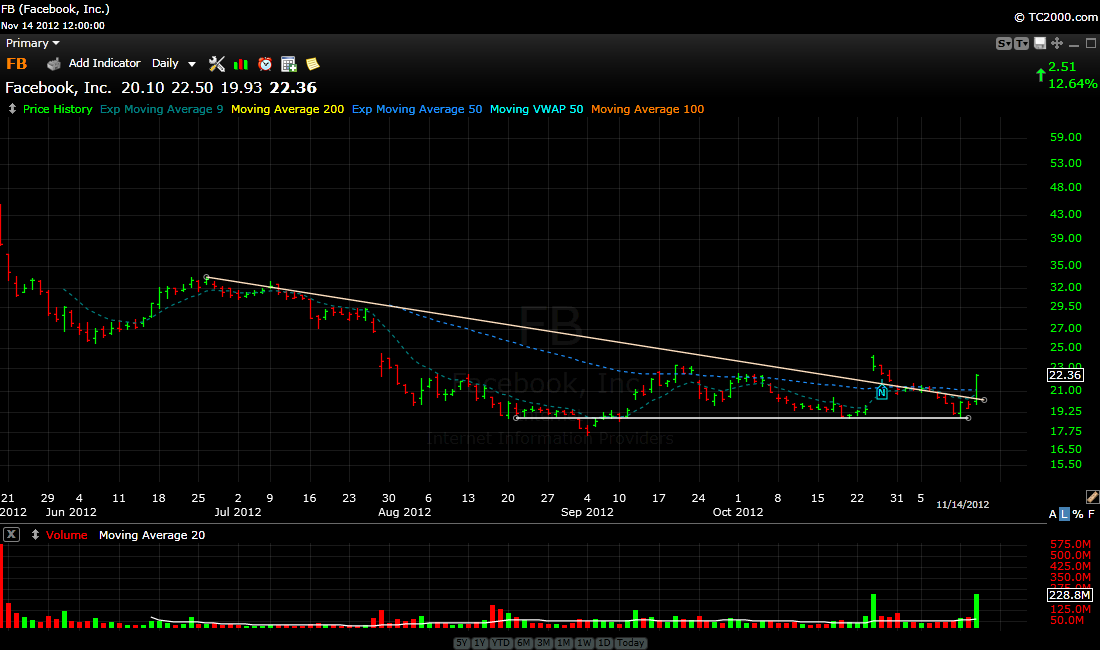One Day Does Not Make A Trend
Post on: 16 Март, 2015 No Comment

Canterbury Portfolio Thermostat Weekly Update 3/9/2015
The Portfolio Thermostat identifies 12 different market environments called Market States. Each Market State has its own unique characteristics and tendencies.
The Macro- Market States are used to provide a big picture view of the characteristics of the current equity markets. The S&P 500 is commonly referred to as the market. There are 5 Bullish (rational low volatility) Market States; 4 Bearish (volatile and/or increasing volatility) Market States; 3 Transitional Market States (indicating caution).
The Current Macro — Market State (calculated on the S&P 500)
- Market State 2 (1 Trading Day): Long-term (Bullish ) Short-term (Bullish ): Market States 1 and 2 are the two safest and most stable market environments. Market State 2 typically comes into play following a short term correction within a medium and long term Bull market.
Macro — Canterbury Volatility Index (calculated on the S&P 500)
Canterbury Volatility Index (CVI): CVI = 64 — A CVI of 75 or lower is considered a safe zone. The markets volatility closed Friday at the same CVI 64 level as the previous week. Through last Thursday, the CVI had declined 3 points for the week. Fridays -280 point decline in the Dow (-30 points on the S&P 500) resulted in just a 3 point increase to bring the volatility back to CVI 64.
Canterbury OverBought/OverSold Indicator is currently 99% OverSold (90% oversold or higher is Bullish). In the current case, the indicator is showing that the market has consolidated its previous gains and only needs a shift back to Market State 1 to regain the lost momentum.
Market Update: A sharp one day market decline, such as Fridays, certainly gets the attention of the news media and investors. That said Fridays drop had the markings of being just another one day outlier. This is typical behavior during a Bull marketinsignificant.
The high for most major US Equity indexes was registered on March 2 nd. So far, the peak to trough decline has only been -2.2% on the S&P 500 while the Dow is down -2.4%. A normal Bull market pullback is about -5% and a correction is in the -10% range.

The stocks only advance/decline line hit a high on March 2 nd. This is reflective of strong market breadth (more stocks going up than down). The new highs in the A/D line acted as a confirmation of the new highs in the S&P 500, Dow and NASDAQ 100.
Growth stocks are outperforming Value and the NASDAQ 100 is stronger than the S&P 500. In other words, the leadership is where it should be with the small and mid-cap growth stocks out front and large cap and value stocks bringing up the rear. Please see last weeks update for a description of the importance of market leadership.
The Portfolio Thermostats draws from a universe of about 130 Exchange Traded Funds (ETFs). These ETFs are broken into two Major Groups (Global Equities Group) approximately 100 ETFs and (Alternative to Global Equities Group) containing about 50 ETFs.
As a group, Alternatives continue to have more risk with less potential for positive returns than the Global Equity ETFs. Alternatives such as most bonds and commodities continue to be weak. The US dollar remains strong as well as US Preferred Stocks. The Alternatives Group has only 4, of about 50 ETFs, in a Bullish — Security State. On the other hand, 13 of the top 15 highest ranked ETFs in the Equities Group are in Bullish — Security States.
Bottom Line:
The Portfolio Thermostat continues to reflect a positive and low risk environment for most equities. Canterburys evidence based studies show that Bear markets begin with increasing volatility (as measured by the CVI) and a shift to Transitional and later Bearish Market States. When such events begin to occur, money will begin to shift to the Alternative ETFs as they become more attractive for investors dollars.
More About Tom Hardin
As Chief Investment Officer, Tom has more than 30 years of experience in the investment management industry and has a broad breadth of knowledge. He is known as an innovator, educator and has been revolutionary in the advancements of portfolio and risk management.














